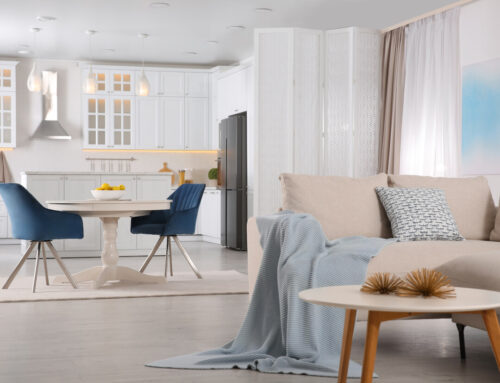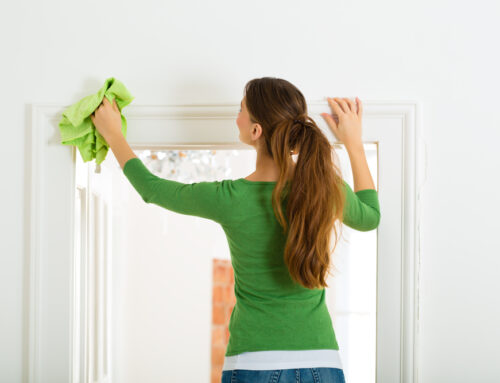Cleaning our homes is a routine task that we all undertake, but are you sure you’re doing it right? There are numerous cleaning myths and misconceptions that have been passed down through generations. In this comprehensive guide, we will debunk five common cleaning myths and provide you with the knowledge you need to maintain a sparkling clean home.
5 Common Cleaning Myths Debunked
Myth 1: “More Cleaning Products Mean a Cleaner Home”
Contrary to popular belief, piling up cleaning products won’t necessarily make your home cleaner.
Many people believe that having an arsenal of cleaning products for every surface and situation is the key to a spotless home. However, using too many cleaning products can lead to chemical residue buildup and even damage surfaces. To ensure your home stays clean without overloading on products, it’s essential to use the right cleaner for each task. This not only saves you money but also contributes to a healthier living environment.
Myth 2: “Cleaning with Hot Water Kills All Germs”
While hot water is effective for cleaning, it’s not a guarantee that all germs will be eliminated.
Cleaning with hot water is a common practice, and it does help to remove dirt and some bacteria. However, not all germs are susceptible to high temperatures, and certain surfaces may be damaged by excessive heat. To ensure proper germ removal, it’s essential to use the appropriate cleaning products and follow recommended cleaning protocols. This way, you can maintain a hygienic living space without relying solely on hot water.
Myth 3: “Cleaning with Vinegar is Always Safe”
While vinegar is a versatile cleaning agent, it’s not suitable for all surfaces.
Vinegar is often praised for its natural cleaning properties, but it can be acidic and damaging to certain materials, such as marble or granite. To protect your surfaces, it’s crucial to research and understand which cleaning solutions are safe to use on specific materials. Vinegar can be a valuable tool in your cleaning arsenal, but it’s not a one-size-fits-all solution.
Myth 4: “A Little Dust Won’t Harm Anyone”
Ignoring dust can lead to various health problems.
Some may think that a little dust here and there is harmless, but dust can contain allergens, pet dander, and even dust mites. Prolonged exposure to these allergens can lead to respiratory issues and allergies. To maintain a healthy indoor environment, regular dusting and cleaning are essential. Don’t underestimate the impact of dust on your well-being.
Myth 5: “Cleaning Products Are Always Safe if Sold in Stores”
Not all cleaning products on the market are safe or environmentally friendly.
While many cleaning products are rigorously tested and approved for sale, some may contain harmful chemicals that can be detrimental to your health and the environment. To make informed choices, look for cleaning products that are labeled as eco-friendly or non-toxic. This way, you can keep your home clean while also being mindful of your health and the planet.
FAQs
Q: Can I mix different cleaning products for better results?
A: Mixing cleaning products can be dangerous and lead to harmful chemical reactions. It’s best to use each product as directed.
Q: How often should I deep clean my home?
A: Deep cleaning your home every three to six months is a good practice, but regular maintenance cleaning should be done weekly or as needed.
Q: Are natural cleaning solutions as effective as commercial cleaners?
A: Natural cleaning solutions can be just as effective, but it depends on the specific task and the ingredients used.
Q: What’s the best way to clean stainless steel appliances?
A: To clean stainless steel appliances, use a microfiber cloth and a specialized stainless steel cleaner or a mixture of dish soap and water.
Q: Is it necessary to wear gloves when cleaning?
A: Wearing gloves when cleaning is recommended, especially when using harsh chemicals to protect your skin.
Conclusion
Now that we’ve debunked these common cleaning myths, you’re better equipped to maintain a clean and healthy home. Remember, cleaning isn’t just about appearances; it’s about creating a safe and comfortable living environment. By using the right methods and products, you can ensure that your home is not only clean but also free from harmful misconceptions.







